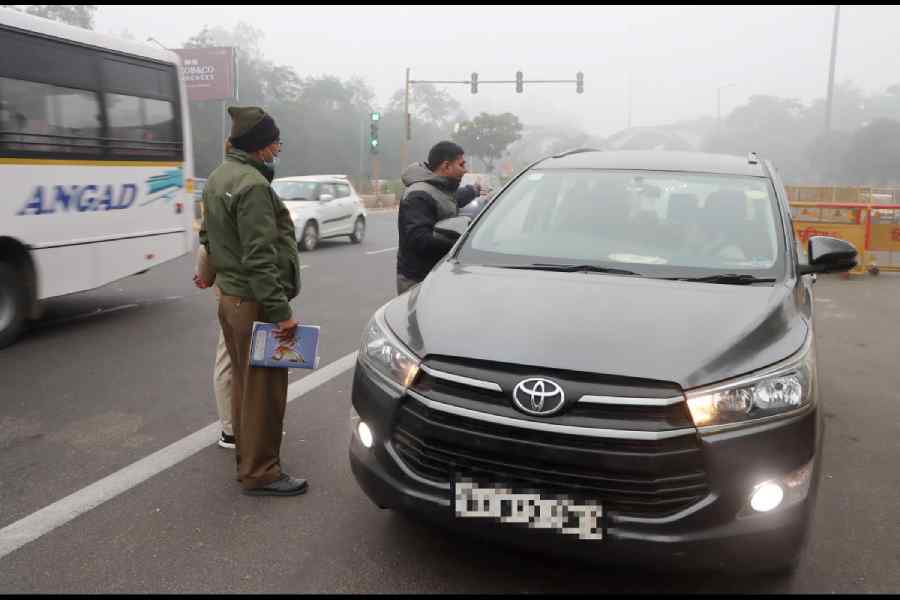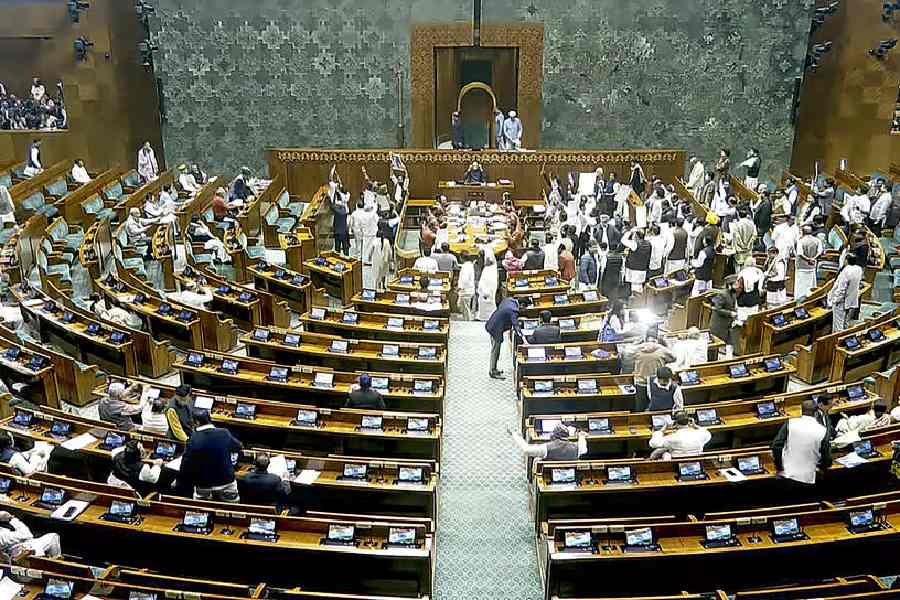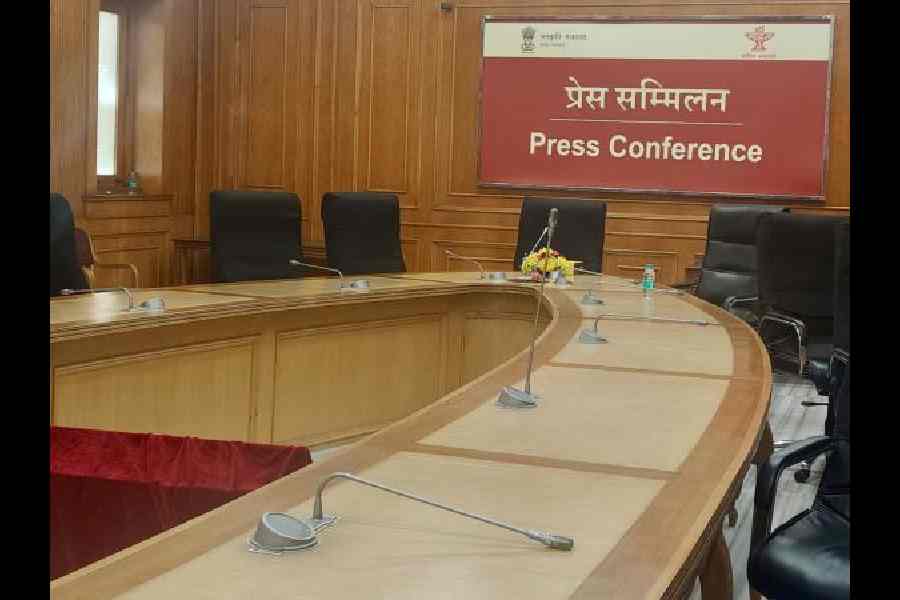In India, the longevity of social constituencies, especially those on the margins, seems to be determined by factors beyond their control. This is the deduction of a recent study released in the journal, Population and Development Review, that has laid bare certain uncomfortable truths about life expectancy among different social groups in the country. The researchers analysed data from the second and fourth rounds of the National Family Health Survey and found that upper caste men and women live four to six years longer than those belonging to the scheduled castes and the scheduled tribes across regions and income levels. Although overall life expectancy has increased significantly between 1997-2000 and 2013-16, the gap in longevity among higher castes and depressed social groups remains and has, in fact, widened in some instances. Upper caste men now live 6.1 years longer than SC men — the figure has risen from 4.6 years. The life expectancy gaps between Muslim men and women and their upper caste counterparts have also spiked from 0.3 and 2.1 years, respectively, to 2.6 and 2.8 years. The difference in longevity for ST men remains the highest at seven years. The researchers found that the gaps persist both at life expectancy at birth and in later stages of life. India’s northern and central belt — Uttar Pradesh, Uttarakhand, Rajasthan, Bihar, Jharkhand, Madhya Pradesh and Chhattisgarh — has the lowest life expectancy for all social groups. This is not surprising, given the fact that historically, these states have been known to suffer from embedded inequality, rabid caste discrimination and minimal investments in education and awareness on such matters.
India continues to be one of the most rigidly- stratified societies in the world. The direct estimates of the stark differences in longevity based on ascriptive identities show that even after more
than seven decades of Independence, marginalized communities struggle to achieve certain basic parameters of survival. The challenge, in the case of adivasis and Muslims, is compounded
by their minimal political representation in the levers of governance. Differences also persist among those located at the same economic level, indicating that neither infant and child mortality
nor wealth can be considered as primary indicators of the asymmetries in survival. Earlier research, too, had found that even after accounting for wealth, location, and environmental exposure,
caste identity and religion play a significant role in shortening life expectancy.
Longevity, thus, cannot simply be linked to genetics and overall health. It is shaped by numerous complex and overlapping indices, including timely access to healthcare services and knowledge
as well as emancipation from social hierarchies. Equitable access to education could bridge the gap but there is an urgent need to identify and examine varied non-medical factors to map their impact. More research aimed at understanding the possible effects of violence, exploitation and discrimination on mortality could be useful. Unless there are clear and cogent data, it would
be difficult to frame policies to bridge these yawning gaps.










